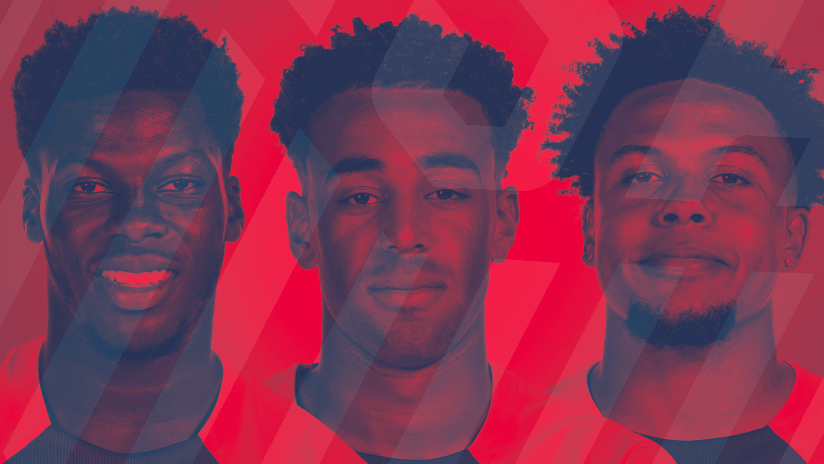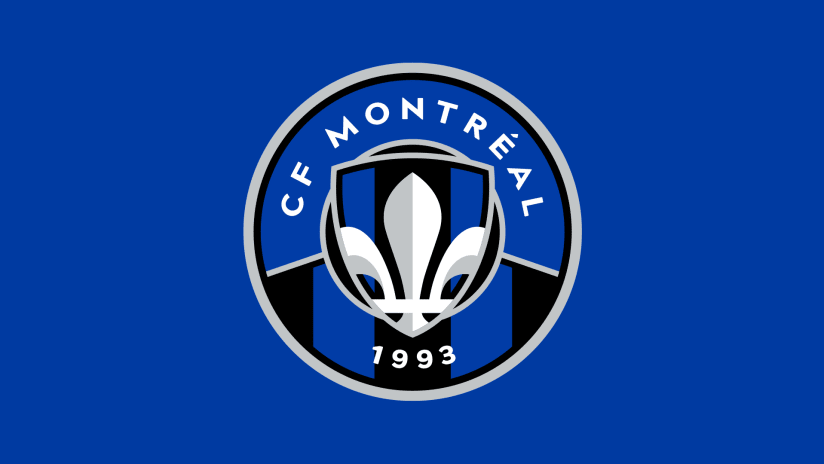“We know obviously that their strength is in the midfield,” said Virgil van Dijk after the Netherlands ended the US men’s national team’s 2022 World Cup run with a 3-1 victory last Saturday.
It was a big compliment from the Liverpool star center back – as well as proof that the USMNT received the full scrutiny of Dutch master Louis van Gaal and his staff in the leadup to their Round of 16 tangle at Khalifa International Stadium.
The Netherlands implemented a game plan specifically designed to blunt the influence of the “MMA” trio of Weston McKennie (Juventus), Yunus Musah (Valencia) and Tyler Adams (Leeds United), who had been so central to the Yanks’ good work in advancing from Group B.
It worked, with a substantial assist from the heavy legs and mileage those three logged in the first three US matches. Man-marking those center mids, clustering numbers around the USMNT fullbacks and funneling play towards the center backs added up to a tricky tactical puzzle that manager Gregg Berhalter and his team could not solve in time.
Depth worries?
Options off the bench were scant, too. Luca de la Torre seemed to have proven himself a capable alternative as a No. 8, but carried a hamstring issue from his new LaLiga stop (Celta de Vigo) into the World Cup and didn’t play a minute. Nor did Cristian Roldan, who shined as a pressing winger, rather than a center mid, for most of the season with Seattle Sounders FC.
Kellyn Acosta earned the role of Adams’ d-mid backup, and started six matches earlier in the year before coming off the bench vs. Wales and Iran in Qatar. His day job as a No. 8 with LAFC complicated his USMNT deployment, however, and his skill set didn’t fully match up with any of the starting trio. Berhalter, who explicitly admitted “the midfield position is somewhat light for us” when unveiling his roster, pretty clearly preferred Brenden Aaronson and Gio Reyna in wide spots, even if he made noises about using them centrally.
Depth, then, played a significant role in this team’s undoing. Berhalter built his team around that excellent trio, but did not bring – or, he might argue, simply did not have access to – comparable players who could provide a comparable level of performance in those positions. In retrospect, it was always a gamble to ask them to maintain the same lofty output (both Adams and Musah ran more than eight miles in the Iran match, for example, and nearly as far vs. the Netherlands) across four high-intensity matches in 13 days.
Especially against the Dutch, this paucity of viable alternatives in midfield raises the question: For the USMNT, is there a next step beyond MMA? Or maybe it’s better to ask whether MMA could’ve been better empowered to make a difference in that game like they did the previous three? There’s also a recurring question of end product. Combined, MMA notched just three goals (all McKennie) and two assists (both Musah) across 2021 and 2022, none of them at the World Cup.
Possible solutions
As Armchair Analyst Matt Doyle pointed out on his 2026 roster projections this week, there are ample options to ponder for those roles elsewhere in the player pool. Some might even have a justified gripe for not getting a more meaningful chance to make this year’s World Cup squad.
Portland’s Eryk Williamson seems an optimal fit for Berhalter’s twin-8s system and started last year’s Gold Cup Final win over Mexico. He hasn’t played a minute for the USMNT since, though, and has suffered through one injury problem after another over the years. NYCFC’s Keaton Parks offers a similarly well-rounded box-to-box toolkit and made his USMNT debut on the same day as Josh Sargent and Antonee “Jedi” Robinson in 2018, only to drop off the radar and never really return.
Gianluca Busio was a regular call-up in 2021 and has a cultured passing range, albeit with incomplete defensive bona fides. His Venezia teammate Tanner Tessmann has a rugged edge and gained useful experience in the 2020 Olympic qualifying campaign. Both MLS products (Sporting KC for Busio, FC Dallas for Tessmann) are now in Italy’s Serie B.
FCD’s Paxton Pomykal looks perfect for the McKennie-Musah mold, but he, too, has had his progression bedeviled by injuries. LA Galaxy academy product Alex Mendez has found a rhythm at Portugal top-flight side Vizela and offers a silky creative element that few others can. Will the Mexican-American dual-national get his head turned by recent recruiting pitches from El Tri, though? Real Salt Lake academy product Taylor Booth was just named the Eredivisie Player of the Month, too, for his contributions to FC Utrecht.
2026 focus
This is just a sampling of the many options Berhalter or his successor could plug into the heart of his preferred 4-3-3 shape in search of engine-room depth and diversity. While it’s tantalizing – or from a fan’s point of view, frustrating – to wonder if any of them could’ve helped in Qatar, that bridge has passed. Now the question is what evolution will look like between now and World Cup 2026 on home soil.
Depth, chemistry, attacking output and ability to impose the desired tempo on a match: These are what the USMNT will need to see from MMA and their designated deputies, whoever that turns out to be. The Yanks’ Concacaf Nations League matches in March (against Grenada and El Salvador) will offer the first competitive opportunity to showcase growth, while next summer’s Gold Cup will provide a timely tournament environment in which to conduct further testing for midfield solutions.
With no World Cup qualifying in the next cycle, every one of those matches will be precious.













